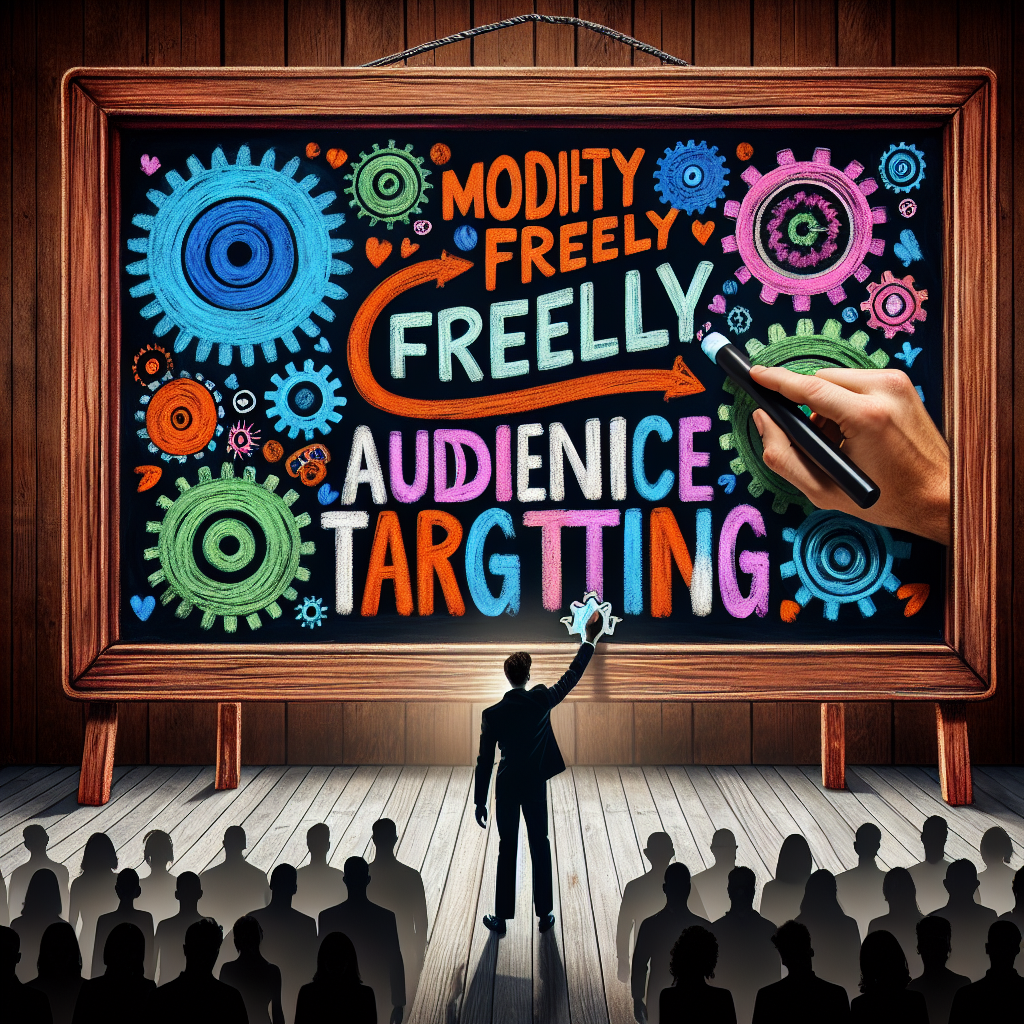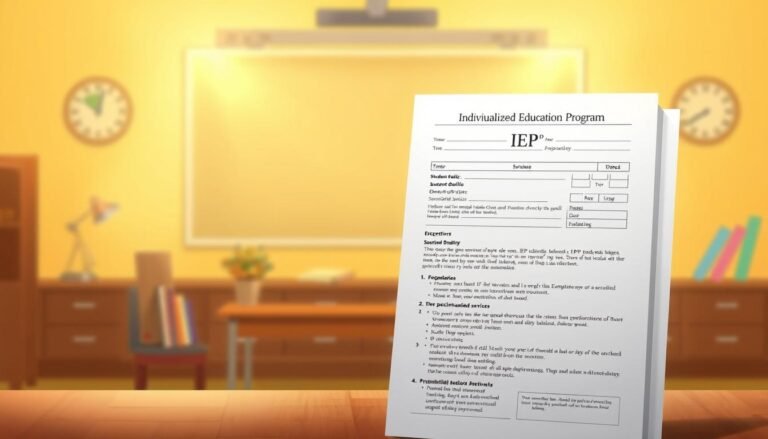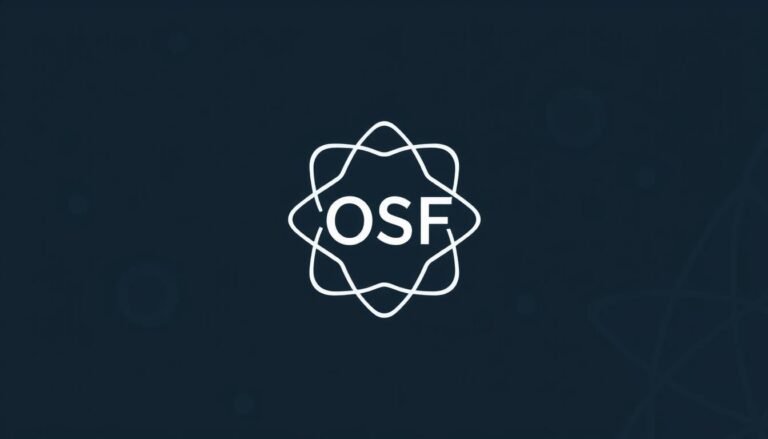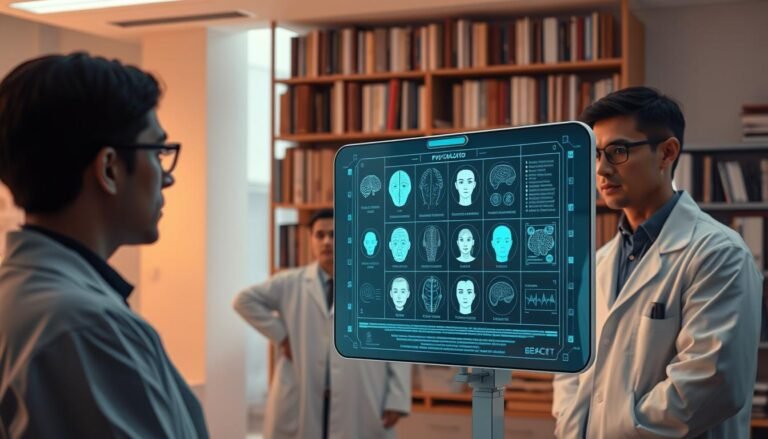
The Ultimate Guide: Feel Free to Modify Any of These Suggestions to Better Fit Your Target Audience or Specific Focus!
Introduction
In today’s fast-paced world, effective communication is a powerful tool for success. Whether you’re pitching an idea, leading a team, or sharing knowledge, the ability to tailor your message is crucial. The phrase, "Feel free to modify any of these suggestions to better fit your target audience or specific focus!" serves as an invaluable mantra for anyone looking to engage effectively. It emphasizes adaptability, ensuring that your ideas resonate with the intended recipients. In this guide, we will delve deeply into the art of modification, providing insights, strategies, and real-world examples that not only inform but also inspire.
Understanding the Need for Tailoring Content
Why Modification Matters
Understanding your audience is the cornerstone of effective communication. Tailoring your message can enhance engagement, foster connections, and drive desired outcomes. This section will explore the psychological principles behind why modification is essential.
- Connection and Relevance: People are more likely to engage with content that feels directly relevant to them. By modifying your suggestions, you cater to your audience’s specific interests and needs.
- Improved Retention: Studies show that customized information is easier to remember. When suggestions are positioned within a familiar context, retention rates soar.
The 3 Key Elements of Effective Modification
- Audience Understanding: Know who you are addressing. Tailoring suggestions for professionals differs vastly from those aimed at students.
- Context Awareness: What environment is your audience in? Suggestions for a corporate meeting will differ greatly from a casual brainstorming session.
- Purpose Clarity: Understand your end goal. Are you persuading, informing, or entertaining? Your adjustments should align with your primary objective.
Case Study: The Power of Audience Understanding
Company A vs. Company B
Company A implemented a generic marketing campaign targeting a broad demographic. Company B took a more tailored approach by modifying their suggestions based on audience research.
- Company A: 10% conversion rate
- Company B: 35% conversion rate
The data illustrates a stark contrast, showcasing the strength of customization. When you "Feel free to modify any of these suggestions to better fit your target audience or specific focus!", you’re essentially gambling with increased audience engagement.
Crafting Your Message for Maximum Impact
Framing Suggestions Effectively
How you frame your suggestions makes a significant impact. The following strategies can vastly improve how people respond.
Use Active Language
Instead of saying, "You might want to consider this," say, "Take a moment to explore this opportunity." Active language encourages action and engagement.
| Suggestion Type | Passive Language | Active Language |
|---|---|---|
| Proposal | "You may want to look at…" | "Explore this innovative approach!" |
| Feedback | "It could be beneficial to…" | "Let’s implement this change today!" |
Ask Open-Ended Questions
Rather than imposing your thoughts, encourage dialogue by asking for input:
- "What do you think about adapting these ideas?"
- "How would you modify this suggestion to better suit your needs?"
Visual Aids for Improvement
Why Tables and Charts Matter
Visual aids not only enhance understanding but also increase retention. Here’s how to use tables and charts effectively in your communication.
- Comparison Charts: Use these to clearly showcase the differences between suggested approaches.
| Approach | Pros | Cons |
|---|---|---|
| Generic Suggestions | Broad appeal | Lacks personalization |
| Modified Suggestions | Higher engagement | Requires more effort upfront |
Infographics for Contextualization
Infographics are fantastic for outlining your suggestions visually. Use vibrant visuals to illustrate the connection between proposed modifications and potential outcomes.
Practical Applications: Real-World Scenarios
Business Meetings
When presenting ideas in business meetings, it is vital to adjust your suggestions based on the company culture and the attendees’ roles. For instance, a suggestion aimed at development teams will differ strikingly from those intended for executive stakeholders.
- Example: When suggesting a new software tool, focus on efficiency and time saving for operational teams, while emphasizing strategic alignment and ROI for executives.
Educational Settings
In classrooms, modifying your suggestions based on student levels can lead to better learning outcomes.
- Example: For advanced students, introduce complex concepts, while simplifying suggestions for younger audiences.
Key Takeaways to Inspire Modification
- Listen: Understanding your audience begins with active listening.
- Engage: Foster communication by inviting feedback and encouraging dialogue.
- Iterate: Don’t hesitate to adjust your approach based on real-time responses.
Conclusion
The mantra "Feel free to modify any of these suggestions to better fit your target audience or specific focus!" is not just an afterthought; it’s essential for successful communication in a diverse world. By understanding your audience, crafting your message thoughtfully, and employing effective visual techniques, you can significantly enhance understanding and engagement. Always remember, the goal is connection – to not just convey your message but to resonate with those who receive it.
FAQs
1. Why is it important to modify suggestions for different audiences?
Tailoring your suggestions improves engagement and relevance, making it easier for your audience to connect with your message.
2. How can I better understand my audience?
Conduct surveys, research demographics, and use analytics to gather insights into your audience’s preferences and needs.
3. What are some strategies for modifying my communication style?
Use active language, ask open-ended questions, and incorporate visual aids for enhanced understanding.
4. Can I use the same suggestions for different contexts?
Not always. Contextual nuances affect how suggestions are received. Always evaluate the environment and audience before proceeding.
5. What role do visual aids play in modifying suggestions?
Visual aids enhance comprehension and retention, making your suggestions clearer and more impactful.
By embracing flexibility and understanding the power of adaptation, you hold the key to unlocking more effective communication strategies. Remember, the real essence of communication lies in its ability to connect – so feel free to modify freely, and watch your interactions bloom!
















